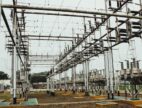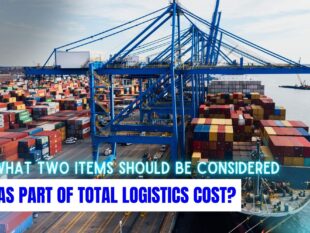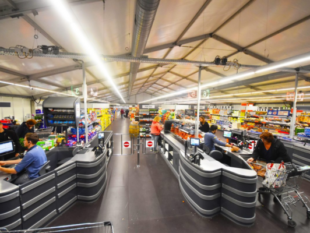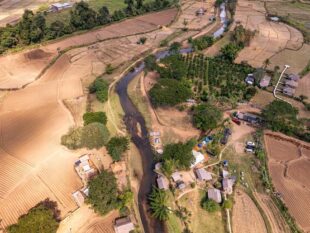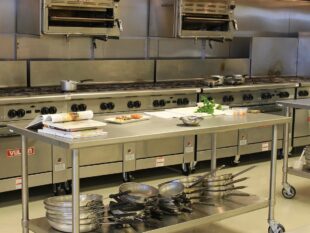Why Aircraft Turbines Are Engineering Marvels of the Modern World
by Soumava Goswami Technology 07 February 2025
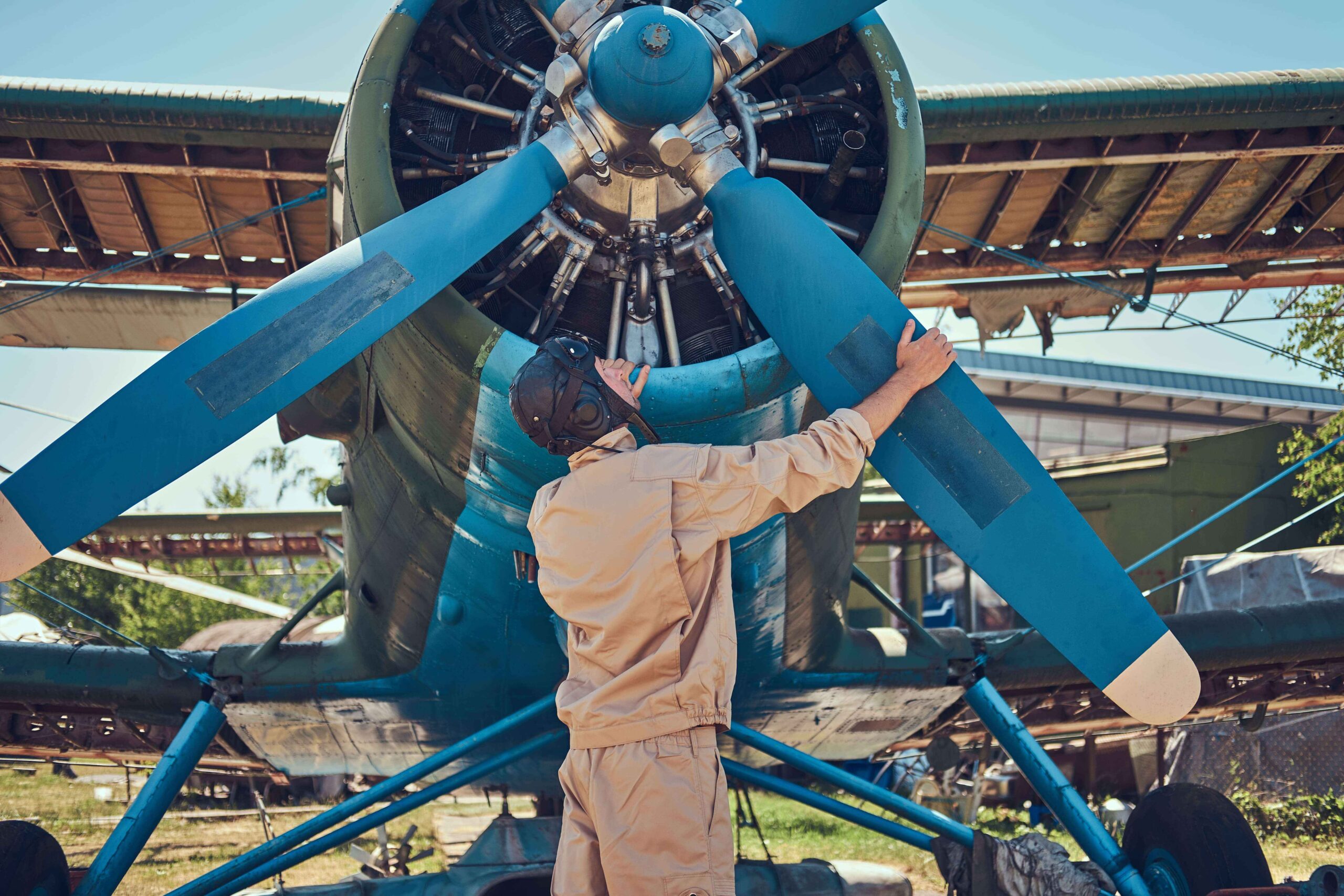
If you have seen an aircraft upclose, you’d agree that you cannot miss the aircraft turbines! These majestic powerhouses are somewhat the heart and soul of every aircraft and are known for their efficiency. These enable feats of distance, speed and altitude promoting remarkable reliability and efficiency.
These propulsion systems are the backbone of modern aviation and define contemporary air travel. The machine transforms energy into motion, thereby pushing reliability and efficiency. The intricate design of these turbines is what makes it play an active role in sustainability.
It represents one of the greatest engineering achievements by the aircraft industry and the following article will focus on features that make it exceptional.
The History of Aircraft Turbines
The brainchild of Sir Frank Whittle and Hans von Ohainbehind, Aircraft turbines were discovered in the 20th Century. They independently developed the first jet engine. The introduction of powered jets was in the mid-20th century and it revolutionized air travel.
This introduction made it easier for the industry to provide faster and more efficient flights in comparison to piston engines. There were more milestones such as the debut of the Boeing 707 which brings turbine technology to commercial aviation.
The Concorde was another milestone that pushed boundaries of speed with the supersonic turbines. The advancement in turbine design has enhanced reliability, performance and safety which solidifies the central role in aviation history.
The Complex Science Behind Aircraft Turbines
At the core of aircraft turbines lies the art of science. With thermodynamics and aerodynamics powering every thrust of the engine. The turbine consists of four main components such as:
- compressors,
- combustors,
- turbines, and
- nozzles.
The compressor draws in the air and compresses it to high pressure which then mixes with fuel in the combustor. It is then ignited and produces high-temperature, high-pressure gases, these pass through the turbine which extracts energy to power it.
The energy powers the compressor before being expelled through the nozzle, thus, generating thrust.
The entire process optimizes to achieve extraordinary efficiency, however, the temperature inside the turbines reach over 2000 degrees F. The rotational speed exceeds 10,000 revolutions per minute. This coordination is what makes turbines an incredible engineering feat.
Cutting-Edge Materials and Precision Engineering
Aircraft turbines run under extreme conditions. Consequently, it demands materials that can withstand such pressures, temperatures and mechanical stress. Engineers use materials such as ceramic matrix composites and nickel-based superalloys. These retain their performance and strength, even at extreme temperatures.
In addition, the modern turbines benefit from technological innovations such as 3D printing that allows them to create complex and lightweight components. This also comes with precise geometries that enable engineers to push the limits of turbine performance while maintaining reliability and safety.
Thi ensures quality control over the manufacturing process which ensures every turbine meets the exacting standards, this reflects the unparalleled precision of the aviation field.
Unparalleled Performance Capabilities
Aircraft turbines possess remarkable power-to-weight ratio that ensures incredible speeds. A commercial airliner with a single engine can generate up to 100, 000 pounds of thrust which is enough to lift hundreds of passengers and cargo thousands of miles.
The turbines excel in versatility – taking care of everything from supersonic military aircraft to small regional jets. These can also take care of rockets, performing consistently in extreme conditions.
From freezing temperatures to high altitudes or scorching desert heat, the engineering is par excellence. These engines are one of the reasons why modern aviation achieves the feat that was once impossible.
The Role of Turbines in Modern Aviation
Modern aviation heavily relies on aircraft turbines to enable long-haul flights that drive global commerce, connecting continents. These also power commercial jets, cargo planes and military aircraft. Thereby, ensuring rapid movement of goods and people across the world.
Beyond their role in propulsion, turbines rely on expert turbine maintenance services to ensure optimal performance and safety. Regular inspections, precision repairs, and upgrades are critical for maintaining their reliability. These services not only extend the lifespan of turbines but also contribute to the safety of millions of passengers annually.
Turbines also play a vital role in space exploration, serving as the basis for rocket turbomachinery that propels spacecraft beyond Earth’s atmosphere. Their adaptability and power make them indispensable in a wide range of applications.
Sustainability and Future Innovations
As the world focuses on reducing carbon emissions, the aviation industry is embracing greener technologies, and turbine innovation is at the forefront. Modern turbines are designed to be more fuel-efficient, reducing their environmental impact.
Advancements in hybrid-electric propulsion systems and the use of sustainable aviation fuels (SAFs) are key steps toward achieving carbon-neutral flight.
Looking ahead, hydrogen-powered turbines and all-electric propulsion systems are being explored as potential game-changers in aviation. These innovations promise to transform the industry while maintaining the high performance and reliability that turbines are known for.
As these technologies evolve, turbines will continue to shape the future of sustainable flight.
Why Turbines Are True Engineering Marvels
Aircraft turbines stand as a testament to human ingenuity and the pursuit of excellence. Their intricate designs, advanced materials, and exceptional performance capabilities set them apart as engineering masterpieces.
They combine the fields of physics, material science, and precision engineering in ways that few other technologies can.
Compared to other engineering feats, such as skyscrapers or bridges, turbines operate under far more demanding conditions, with no margin for error. They are not only critical to aviation but also symbolize the progress of humanity’s ability to innovate and overcome challenges.
Conclusion
Aircraft turbines are more than just mechanical components; they are the driving force behind the modern world’s interconnectedness. Their history, complexity, and continuous evolution highlight their status as engineering marvels.
This article discusses all the different ways this essential component runs, its role in modern aviation and future innovations that it enables. The article also focuses on its power to thrust hundreds of thousands off land.
As we look to the future, turbines will remain at the forefront of aviation innovation, leading the way to safer, more efficient, and more sustainable air travel.
READ MORE:








